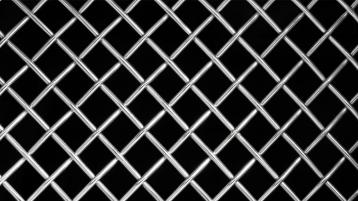The roots of Mulliner can be traced back to a family of carriers and saddlers in 1559, just one year after Elizabeth I came to the throne. The Mulliner name did not come to prominence until 1760, however, when F. Mulliner was commissioned to build and maintain carriages for the Royal Mail. In 1870, Robert Bouverie Mulliner started his own coachbuilding company called Mulliner London Limited, following in his forbears’ continuous pursuit of perfection.
At the turn of the 19th century, H.J. Mulliner moved the family business to London’s fashionable Mayfair, under the name H.J. Mulliner & Co. From there, the company was perfectly placed to serve society’s elite. From this foundation, H.J. Mulliner & Co would exquisitely handcraft each coach around their client’s exacting requirements.







































